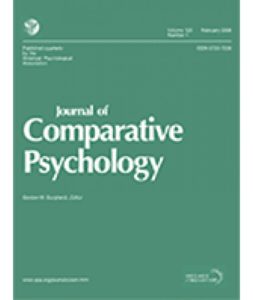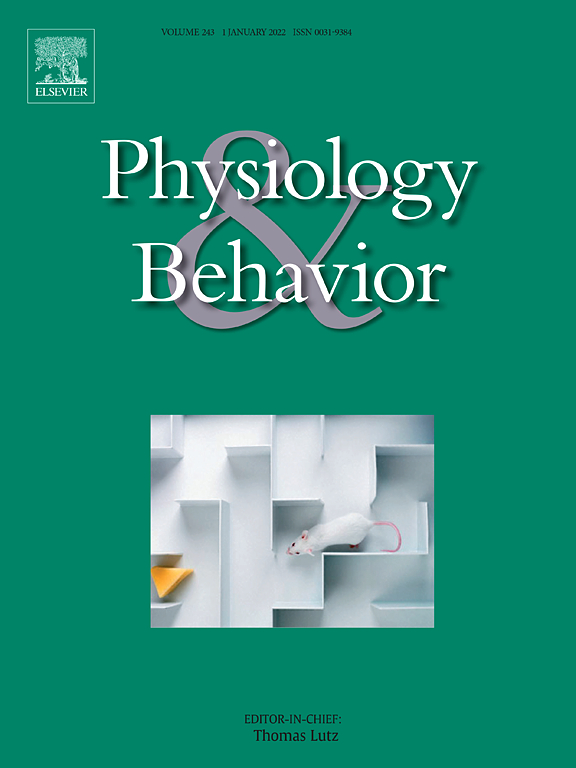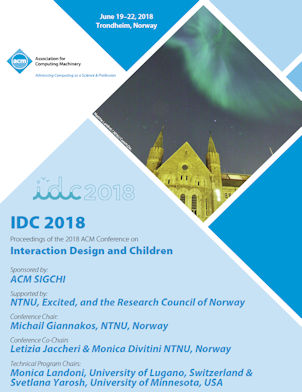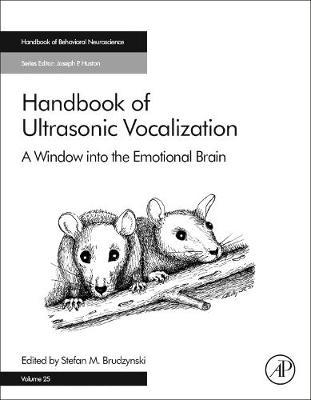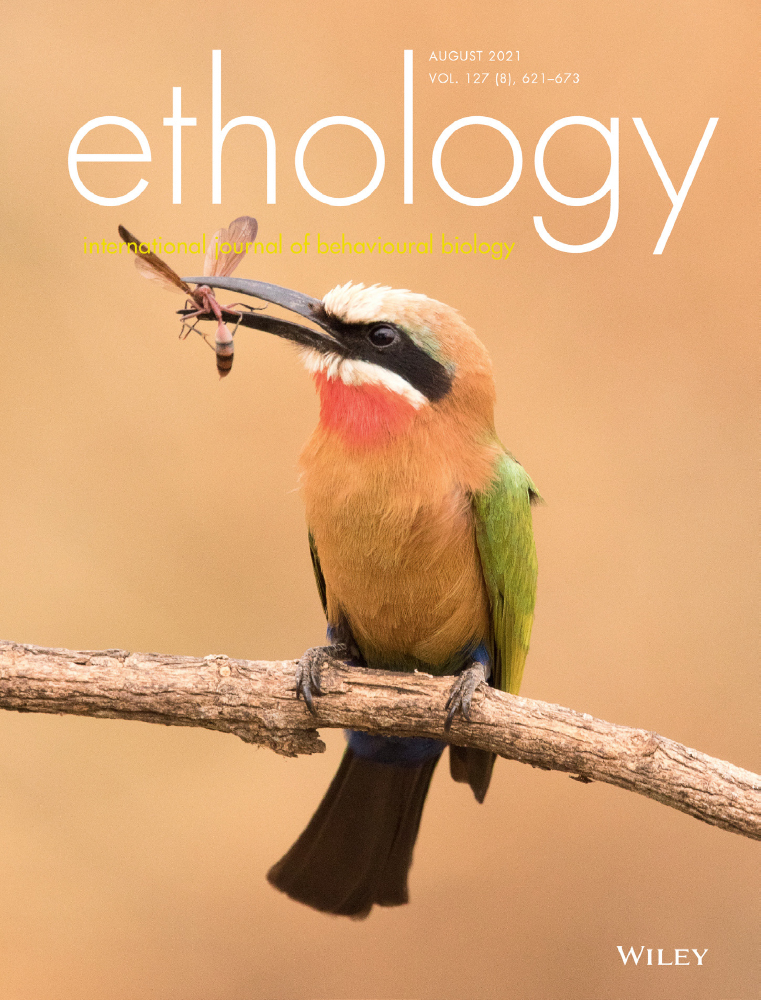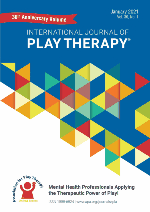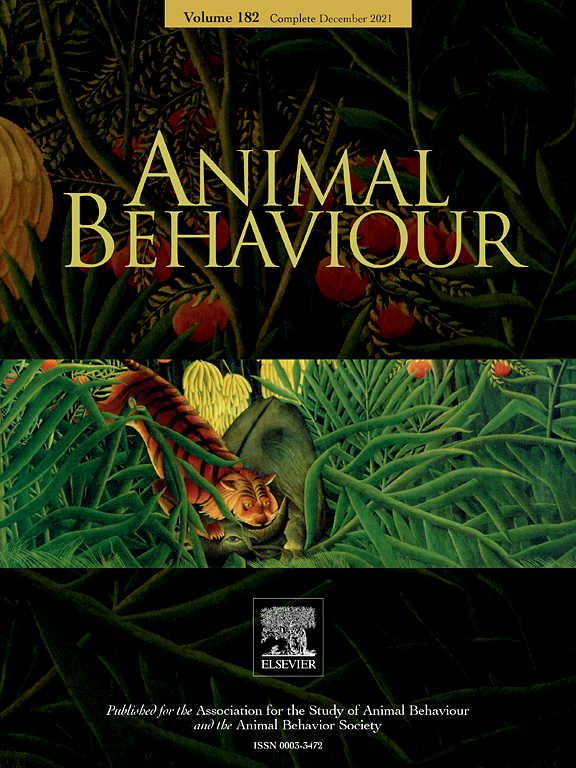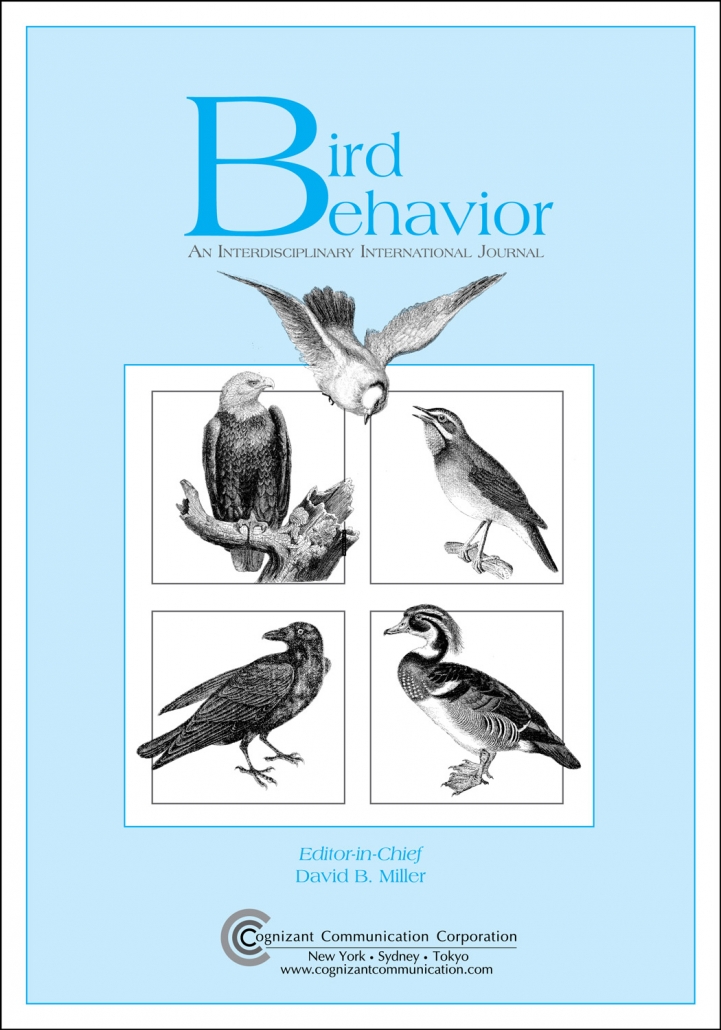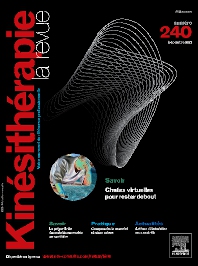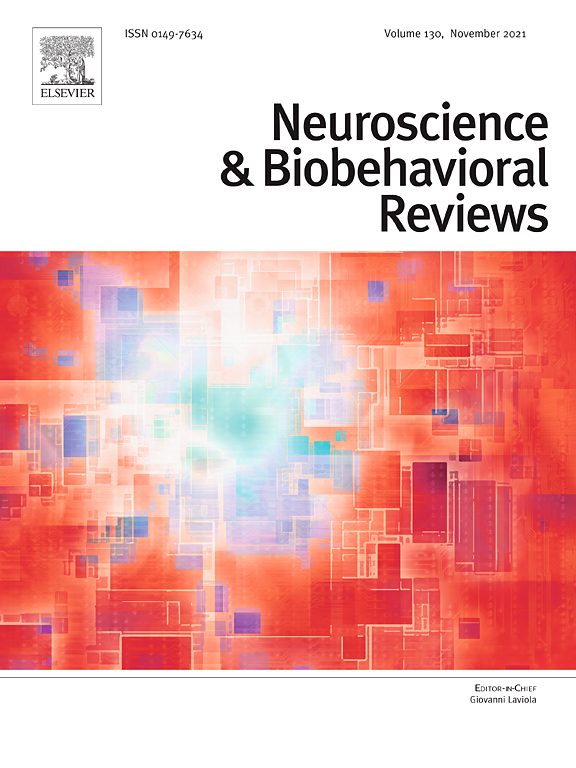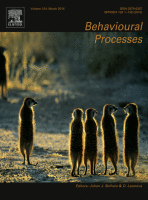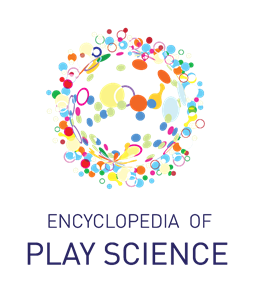play fighting is a commonly reported form of play that involves competitive interactions that generally do not escalate to serious fighting. Although in many species what are competed over are the body targets that are bitten or struck in serious fighting, for many others, the competition can be over other...
Research Articles
“Laughing” rats and the evolutionary antecedents of human joy?
Paul MacLean's concept of epistemics - the neuroscientific study of subjective experience - requires animal brain research that can be related to predictions concerning the internal experiences of humans. Especially robust relationships come from studies of the emotional/affective processes that arise from subcortical brain systems shared by all mammals. Recent...
“My doll says it’s ok”: A study of children’s conformity to a talking doll
Today's children are growing up with smart toys, Internetconnected devices that use artificial intelligence to drive interactive play. In a prior research study, we found that children ages 4-10 perceive these toys as worthy of trust [5]. This leads us to inquire if children in this age range could be...
50-kHz Vocalizations, Play and the Development of Social Competence
Ultrasonic vocalizations of around 50 kHz are emitted extensively during the play fighting of rats, reflecting a positive affective state. Some of these calls are associated with facilitating playóat an emotional level they appear to promote the playful mood of both the emitter and the recipient and at a tactical...
A Behavioral Biology for the Future
Some comments are appended to Patrick Bateson's reflections on the future of behavioral biology that were triggered by remembering the contributions of G¸nter Tembrock to ethology. While the suggestions made are valid and insightful, a few specific areas where exciting research possibilities may reside are added including those involving communication...
A brain motivated to play: insights into the neurobiology of playfulness
Play is an important part of normal childhood development and is seen in varied forms among many mammals. While not indispensable to normal development, playful social experiences as juveniles may provide an opportunity to develop flexible behavioural strategies when novel and uncertain situations arise as an adult. To understand the...
A child-centered play therapy workshop for professional elementary school counselors: An exploratory study
The purpose of this qualitative study was to describe the experiences of professional school counselors participating in a play therapy workshop as an introduction to child-centered play therapy (CCPT). Constructivism led this qualitative study to describe six professional school-counselor participants' perceptions of CCPT and their experiences in attending the play...
A Comparison of Preschoolers’ Physical Activity Indoors versus Outdoors at Child Care
The aims of this study were to quantify and examine differences in preschoolers' indoor and outdoor sedentary time and physical activity intensity at child care using GPS devices and accelerometers. We conducted an observational study of 46 children (mean age 4.5 years, 30 boys, 16 girls) from five child care...
A Cross-Sectional Description of Parental Perceptions and Practices Related to Risky Play and Independent Mobility in Children: The New Zealand State of Play Survey
The potential for risky play and independent mobility to increase children's physical activity, and enhance cognitive development and emotional wellbeing has been recognised for some time. The aim of this study was to describe the attitudes of New Zealand parents towards such risky play practices and independent mobility, the barriers...
A cybernetic perspective on food protection in rats: Simple rules can generate complex and adaptable behaviour
Many types of animal behaviour, especially seemingly complex social interactions, have been attributed to the existence of complex cognitive mechanisms. Indeed, as specific behaviours are analysed in greater and greater detail, the increasing number of minor variations observed seem to necessitate the operation of increasingly powerful computational devices. An alternate...
A description of social play by the Australian magpie Gymnorhina tibicen based on Eshkol-Wachman notation.
The social play of magpies consists of play fights, play chases and other less frequent interactions involving hanging from branches and elements of sexual behaviour. play fighting accounted for 60- 80% of social play and was analysed in detail. Two main forms were identified, fast and slow play fights. The...
A functional rehabilitation in neurology: The example of cerebellar tremor
A functional approach and complementary sport, play or artistic exercises have been used for years to rehabilitate patients with neurological diseases: multiple sclerosis, stroke, etc. Whatever the symptoms presented, when the disease increases, the functional independence decreases. Conversely, every assessed improvement in independence or play activities gives evidence of a...
A little bit of coding goes a long way: Effects of coding on outdoor play
Outdoor play has known benefits for children's development, and studies show it is in decline. Heads-Up Games have been proposed as a possible solution, in some cases with an integrated coding platform to enrich play variety. In this pilot study we set out to evaluate a Scratch-based coding platform for...
A neurocognitive theory of higher mental emergence: From anoetic affective experiences to noetic knowledge and autonoetic awareness
This essay provides an overview of evolutionary levels of consciousness, with a focus on a continuum of consciousness: from primarily affective to more advanced cognitive forms of neural processing-from anoetic (without knowledge) consciousness based on affective feelings, elaborated by brain networks that are subcortical- and can function without neocortical involvement,...
A novel NMDA receptor glycine-site partial agonist, GLYX-13, has therapeutic potential for the treatment of autism
Deficits in social approach behavior, rough-and-tumble play, and speech abnormalities are core features of autism that can be modeled in laboratory rats. Human twin studies show that autism has a strong genetic component, and a recent review has identified 99 genes that are dysregulated in human autism. Bioinformatic analysis of...
A Qualitative Study of the Play of Dual Language Learners in an English-Speaking Preschool
Little research has been conducted on the play of children of very low English proficiency within English-speaking preschool classrooms. In the present investigation, we recorded and described the naturalistic free play of four dual language learners (DLLs) and compared their interactions to those of four English-speaking children. Units of interaction...
A structural comparison of female-male and female-female mounting in Japanese macaques (Macaca fuscata)
In certain populations, female Japanese macaques (. Macaca fuscata) mount both males and females. Vasey (2007) proposed that female-female sexual mounting in Japanese macaques may be a neutral evolutionary by-product of a purported adaptation, namely, female-male mounting. In this study, we aim to further examine the proposed link between female-male...
A systematic review of play-based interventions for students with ADHD: implications for school-based occupational therapists
The results are presented from a systematic review of the literature that examined findings of published studies about play-based interventions for children and youth with ADHD. Guided by the research question, "What is the current status of evidence for using play-based interventions to improve outcomes for students with ADHD?, "...
Adapting LEGO® SERIOUS PLAY® methodology in higher education
The huge amount of knowledge sharing in the process of education is increasing day by day. The typical normal methods of teaching courses remain the same even of the variety of techniques that are been used. This paper presents an attempt to find new learning methods, with the objective of...
ADHD and Play
Free play, in which children develop their own activities, including rough-and-tumble activities that, as the term play implies, involves physical activity such as running, jumping, play fighting, and wrestling, are increasingly recognized as essential components of a child’s development. Both human and animal studies have provided evidence that periods of...


